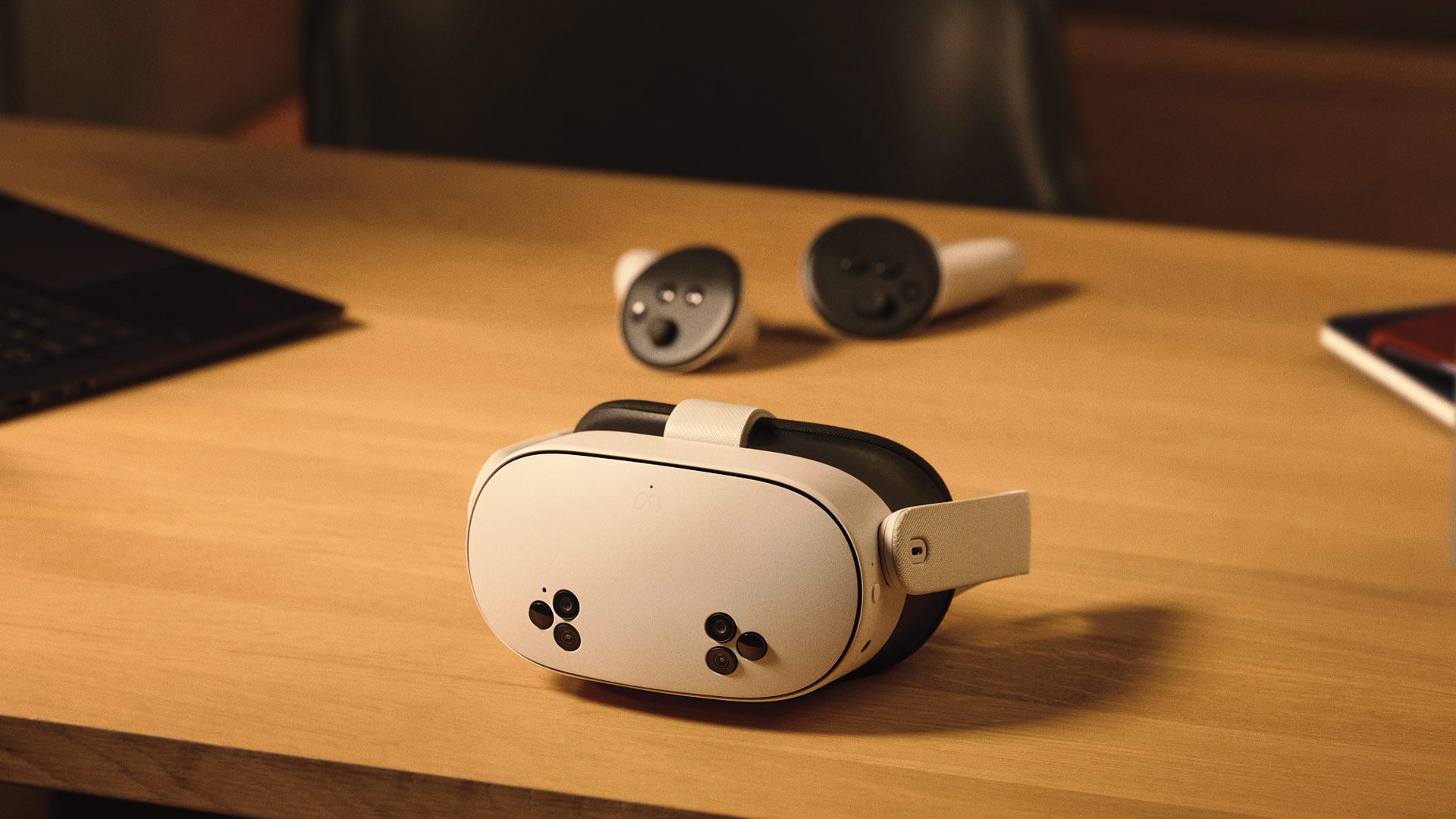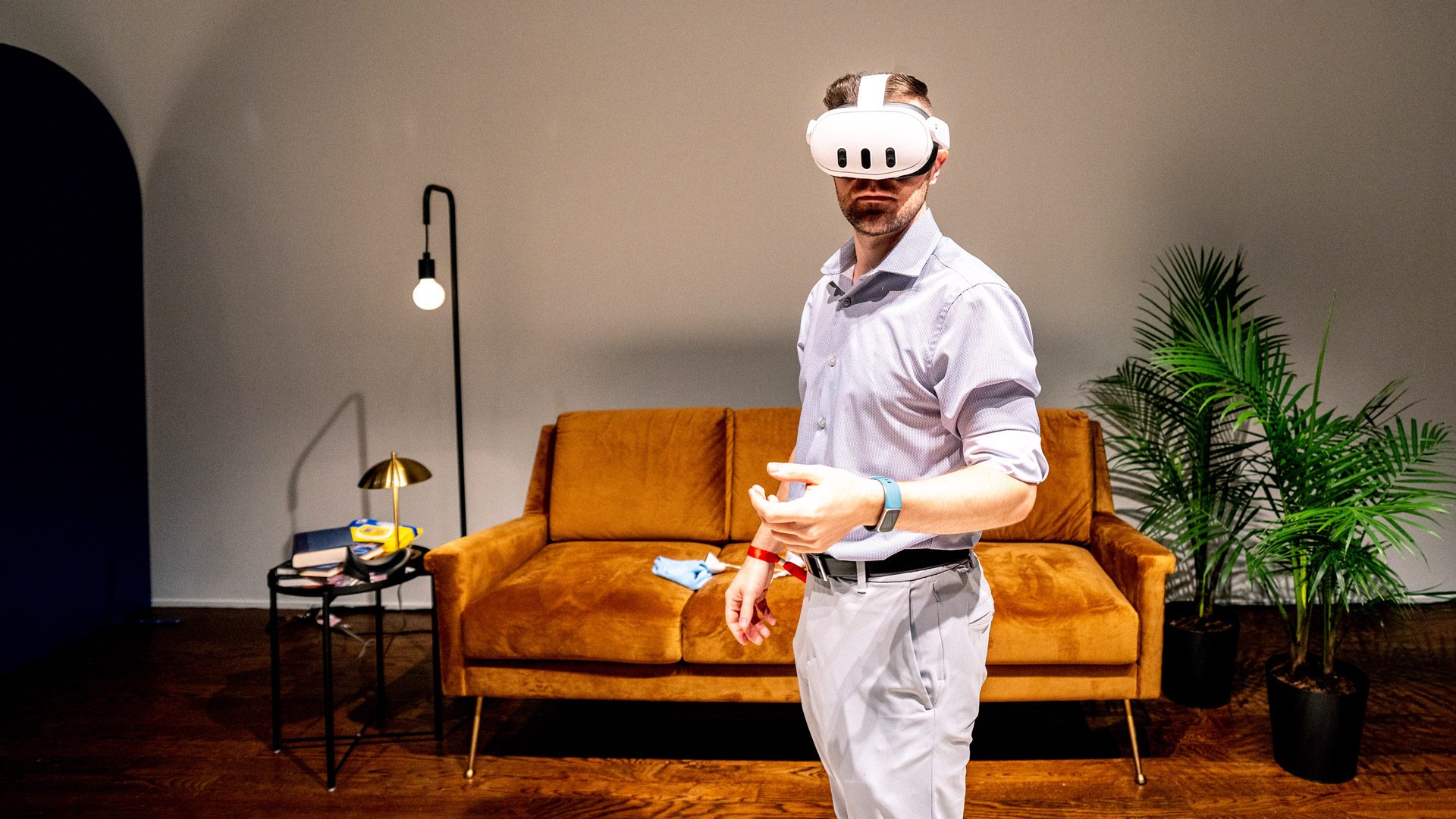It’s been the same basic story for more than a decade now: wearing a VR headset is easy, but not as easy as simply looking at a monitor. While a lot has changed since the early days, Meta admits Quest developers should be making their VR games more bite-sized to work around the inherent friction of putting on a headset.
The release of Quest 3S in late 2024 brought with it a change in the platform’s core demographic. Quest users are typically younger now, and tend to spend more money on in-app purchases, which has led to the rise in free-to-play titles like Gorilla Tag, Animal Company, and Yeeps—all of them regulars on Quest’s weekly top-earners chart.
Now, Meta is getting a little more specific on how developers can find success since the big demographic shift, offering up some rare insight into Quest user behavior in a recent developer blogpost. And it’s all about keeping games snackable.


Meta says Quest games should be “not too short to deliver value, not too long to make it infeasible, and just right for most people’s typical day-to-day use,” meaning developers should be building VR games that are optimized for 20-40 minutes of gameplay, which Meta calls the “Goldilocks Zone.”
Keeping VR sessions short(er) but not too short lets users more easily pop out of games without feeling like they’re quitting in the middle of something, Meta says, and also keep them from feeling ill effects of extended VR sessions.
While Quest 3’s internal battery can easily serve up to 2 hours of gameplay, Meta says it also comes down to the headset’s form factor and friction that comes along with it. Putting on the headset, making sure it’s dialed in for comfort, having your controllers charged—all barriers to entry that could make you think twice before playing.


“For example, mobile-style short loop gameplay is too short to justify the effort of donning the headset, but hour-long objectives are likely to be too exhausting for all but the most enthusiastic players,” Meta says.
On the 20-minute low end of the spectrum, Meta says the “perception of value drives satisfaction with the session,” i.e. if it’s a really good 20 minutes, you’ll be more likely to forgive Quest for being, well, a one pound computer on your face.
In our research, we have found that sessions lasting less than 15-20 minutes are viewed as less enjoyable than 20+ minute sessions, with an extreme drop-off in enjoyment occurring below 15-20 minutes.
In surveys with users who have ended sessions early, we observe common themes of high friction to starting a session (e.g. physical setup, donning effort, anticipation of post-session work).
Headset friction means sessions “must be long enough to deliver on a satisfying amount of progress, engagement or entertainment to validate the decision to engage with VR,” Meta says.
Additionally, Meta revealed it discovered the 40-minute threshold from both “observations of behavior with the majority of VR users, as well as research into when and why users end sessions.”
In fact, most users’ sessions are typically under 40 minutes and longer sessions don’t tend to add to enjoyment after ~40 minutes.
While longer sessions are possible, they are best thought of as special occasions for users. Most people simply don’t have the time or the energy for 40+ minute sessions on a day-to-day basis.
That said, Meta isn’t usually this forthright with Quest’s inherent issues; the company admits to developers that “[l]ong sessions can be physically uncomfortable,” and that “VR is known to cause eye strain and motion sickness, especially in users who are new to the medium.”
What’s more, Meta says that many current VR experiences “require social isolation, physically separating users from others in their physical space.”


Granted, Meta is talking directly to developers here, although it still feels oddly candid. That said, as someone who’s followed Meta’s VR ambitions from its 2014 Oculus acquisition to today, I can say this: like all major corporations, Meta rarely ever points to its own defects unless it has a solution to sell.
And that might just be a wholly new XR headset, which could be coming as early as next year, reportedly including a new thin and light glasses-like form factor and tethered compute puck.












Leave a Reply